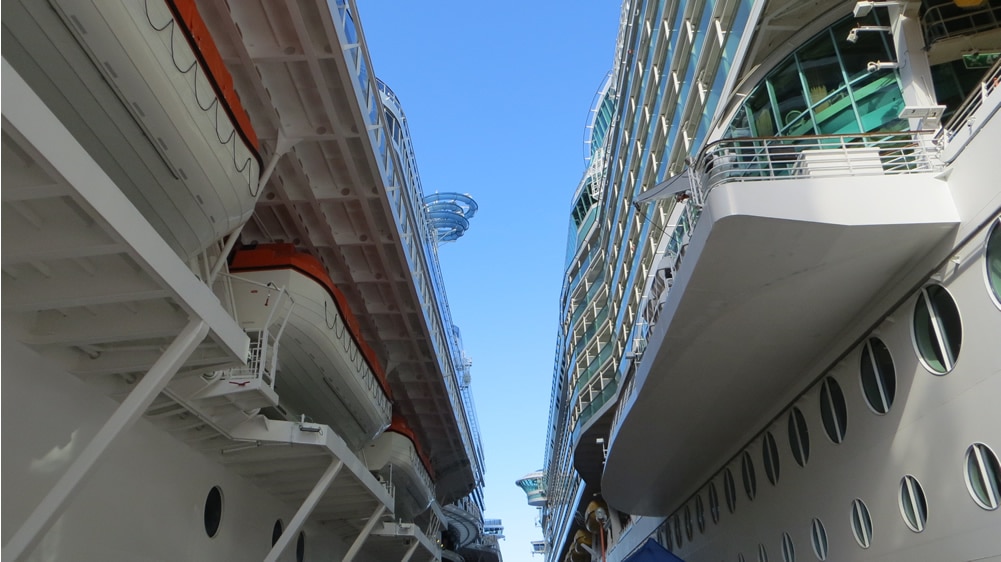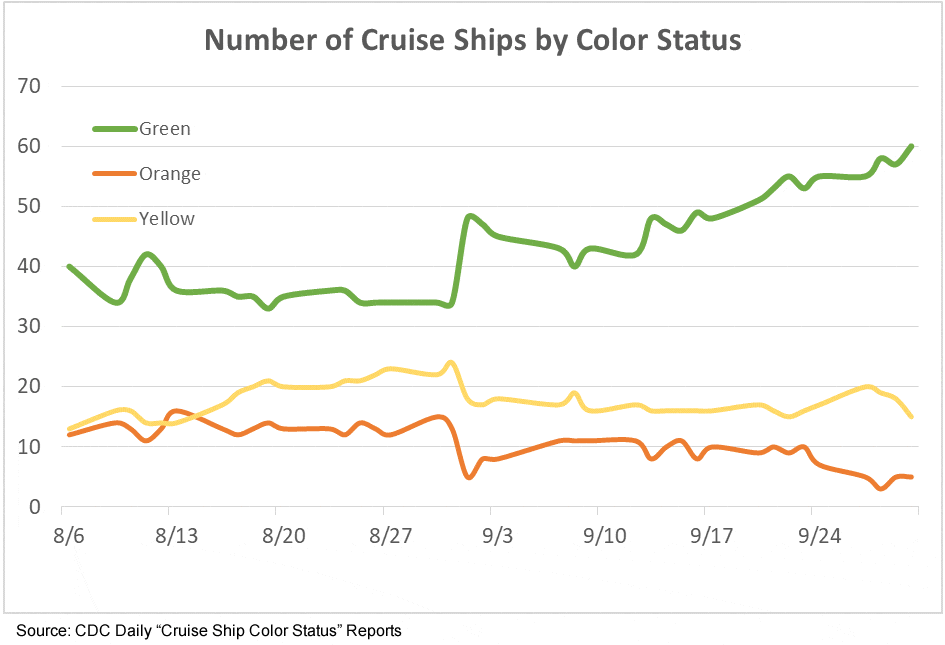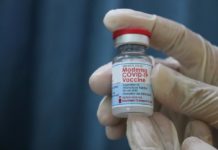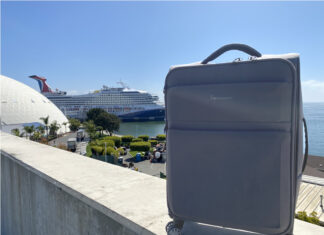While the Delta variant continues to impact the United States, there are signs that it is abating after cases hit a recent peak. The same thing appears to be happening with cruise ships.
Over the course of September, ships tracked by the CDC showed a dramatic improvement, with sixty ships — or 75% of ships tracked by the health agency — now having “green” status, indicating zero cases within the past seven days.
Meanwhile, data from the cruise lines points to cases that have been found on ships being isolated as new protocols limit spread. While there have no doubt been cases on cruise ships, just as there have been nearly anywhere on land, signs point to protocols working and the overall environment improving when it comes to keeping passengers healthy.
What CDC “Color Status” Means
When cruises returned to sailing in late June, they did so in tandem with approval from the CDC. The health agency not only rolled out complete guidelines and requirements on how to sail safely, but also instituted a new color-coded status for cruise ships.
Cruise ships planning to or currently sailing U.S. waters are asked to submit daily reports — known as the “Enhanced Data Collection (EDC) during COVID-19 Pandemic form” — to the CDC. This report outlines any possible cases on the ship. Based on the results of these reports, the CDC applies a color status to the vessel.
This color varies based on potential cases found during the past seven days and the ship’s current sailing status:
Green: No reports of COVID or COVID-like illness for seven days and on-time daily submission of EDC forms for the past week.
Orange: COVID of COVID-like illness reported in the last seven days. If sailing with passengers, the level reported is less than 0.10% of passengers and no crew cases reported. If sailing simulated voyages or crew only, then cases are less than 1.0% of crew and 1.5% of passengers.
Yellow: Cases for 0.10% or more of passengers or one or more crew cases if sailing paid voyages. If sailing simulated voyages or crew only, then cases reported with 1.5% or more of passengers or 1.0% or more of crew. Failing to submit a daily EDC report on-time also gives yellow status.
Red: Sustained transmission of illness or the potential for cases to overwhelm medical resources on the ship. Failing to submit a daily EDC report also gives red status.
As you can see, the color status can get a little confusing based on whether the ship is sailing with passengers and whether it is a passenger or crew member that gets sick. And just a single case among the thousands of passengers and crew on a ship can mean a change in status.
The bottom line, however, is that ships with “green” status all mean one thing — there are no cases found with testing of crew and passengers.
Significant Improvement Over the Past Month
Cruzely has tracked the daily color status of ships since early August (see our latest update here).
While the CDC releases daily reports Monday through Friday, it is only for the latest day. Historical reports aren’t readily available. Instead, we’ve tracked each day’s report to keep a running record of the trends in the status of ships.
As you would expect, with the Delta variant causing another wave in cases on land, the case counts on cruise ships rose as well. At the most recent peak at the end of August, 37 of 71 ships tracked had “non-green” status. That was 52% of all ships submitting reports to the CDC.
Beginning in September, however, there was a dramatic improvement. Throughout the entire month, the number of “green” ships continued to rise. By the end of the month, just 20 of 80 cruise ships (25%) tracked by the CDC had either “yellow” or “orange” status. That percentage is less than half from just a month earlier.
So what has changed?
Well, with the rise in the Delta variant, cruise lines stepped up their protocols beginning in mid-August. It was at that time the major lines began requiring tests of all passengers — both vaccinated and unvaccinated — before boarding. Previously, only unvaccinated passengers required testing. There were also moves to require mask wearing in many indoor areas, even if sailing fully vaccinated.
Perhaps the biggest help, however, has been a decline in cases on land. The number of daily new cases in the United States peaked at the same time the percentage of “non-green” ships also peaked. As cases have fallen on land, so too have they fallen on ships.
And while a single case can turn a ship from “green” to “yellow” or “orange,” potentially slowing any improvement, the trend has followed the track of cases on land.
Royal Caribbean: 141 Cases Among 500,000+ Passengers
Unfortunately, what we don’t have is hard data on case numbers on cruise ships. While cruise lines track and report potential cases to the CDC, case numbers are not officially released with the color status. Instead, the public has to rely on cruise lines or other entities releasing that information.
What we have seen is that there have been cases on ships, but in general they seem to be relatively contained. The largest number of cases reported so far was with a Carnival ship where about two dozen crew members — and one passenger — were said to test positive. Other reports have been much lower, with only a few passengers or crew impacted.
How few? During a recent update, Richard Fain, CEO of Royal Caribbean Group said his company’s cruise lines have already sailed with over 500,000 passengers and reported fewer than 150 cases.
“We wanted to show in a tangible way how safe and healthy cruising is,” Fain said in the address. “We’re doing that today, not by theory, not by predictions, but by actual operations. Already two-thirds of our capacity is operating. We’ve carried over half-a-million guests and only had 141 cases among those 500,000 people.”
That figure points to about 99.97% of passengers sailing without incident. To put it another way, only about 1 in 3,500 passengers was identified as a case.
Note: There was no mention of cases among crew, which can also lead to a ship changing color status.
Data Points to Falling Risks as Cases Decline
Between reports that have come out regarding cases and the data shared by cruise lines, the protocols put in place such as universal testing, mask requirements, and vaccinations show they are helping to keep cases on cruise ships low.
And as the peak of the Delta wave subsides, the situation on ships also looks to be improving based on the official color status reported by the CDC.
“There are very few places on Earth that can institute the protective protocols that the cruise industry can implement,” Fain recently said. “As a result, we believe that our industry… we are all seeing and will continue to see a terrific track record during this period.”
The data so far in cruising’s return seems to be backing up that claim.















